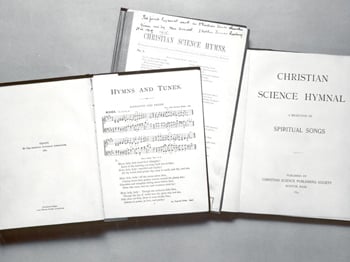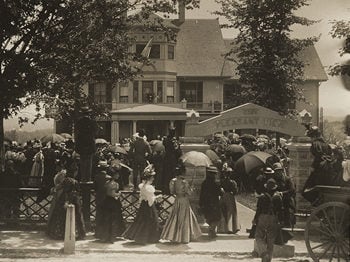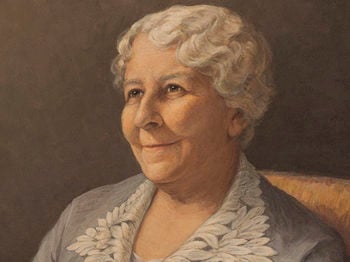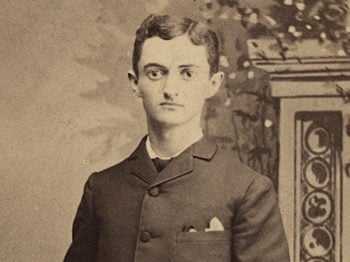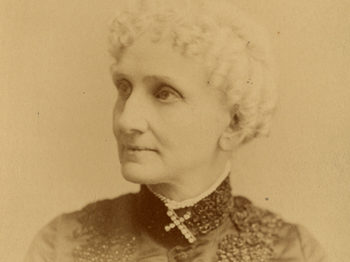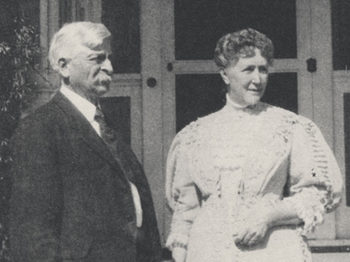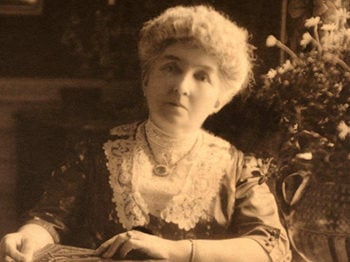This article takes a look at one of the pioneering workers in the Christian Science Church, William Patrick McKenzie, his valued assistance to Mary Baker Eddy (Founder and Leader of the church), and his significant contributions toward the expansion of that religious movement in America and abroad.
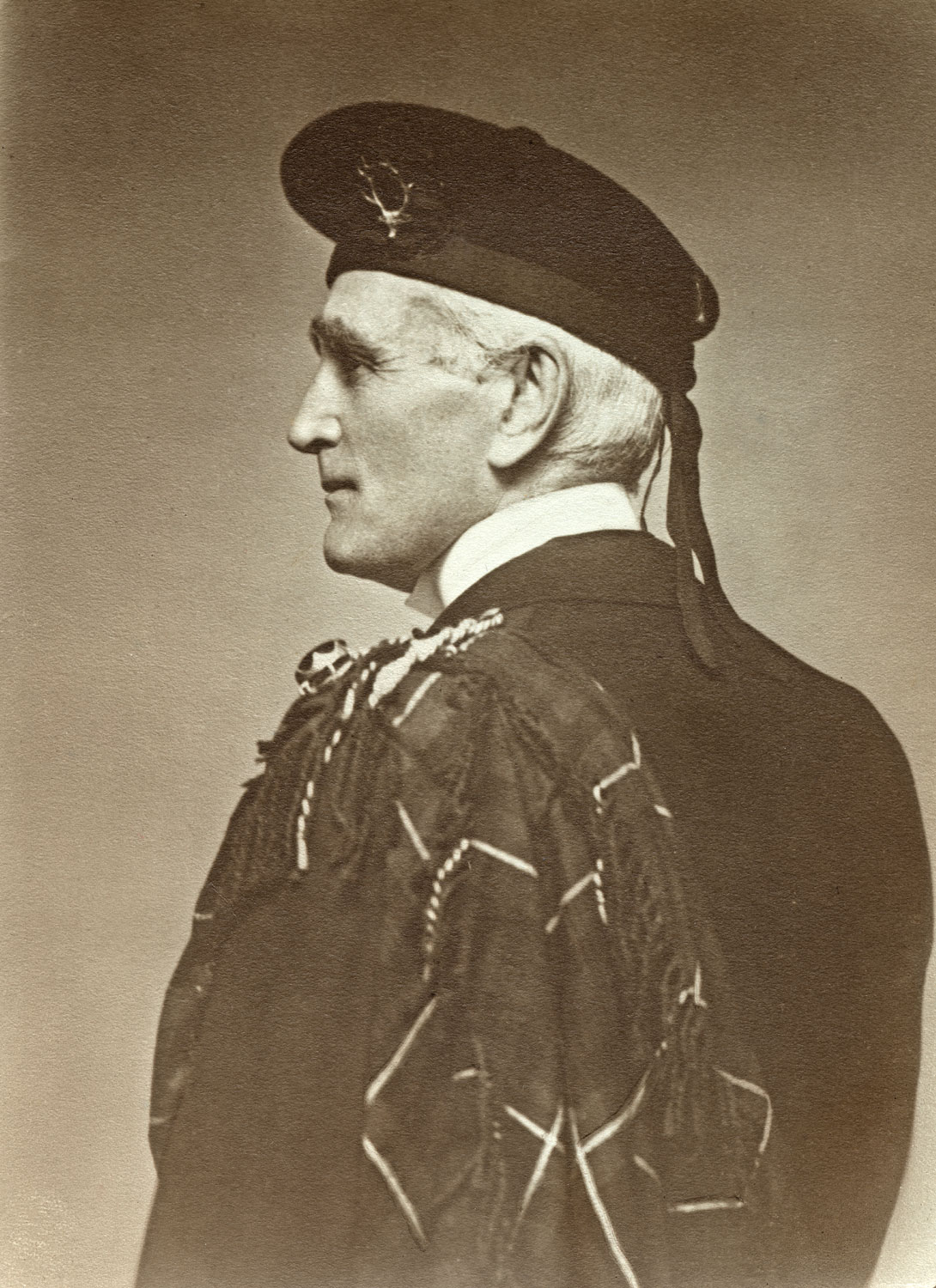
On Independence Day in 1897, some 2,500 Christian Scientists had gathered at Mary Baker Eddy’s invitation on the grounds of her Pleasant View home in Concord, New Hampshire.1 After she and some local dignitaries had spoken briefly, a small group of Christian Scientists spoke, among them a young man, handsome and articulate — a former Presbyterian minister and professor of English literature, and a recent convert to Christian Science — Rev. William Patrick McKenzie. Rev. McKenzie said, in part, “In these latter days has been born the highest idea of all, — union of man with God; and in Christian Science this true at-one-ment is given to the world, giving back to man all good. We have the universal tongue, the prepared country, the Leader whom God appointed. Shall this prepared people count anything as loss that they may have to give up in laboring for the independence — the liberty — of the sons of God?”2
Early Life to Young Adult Years
William P. McKenzie, born February 17, 1861, to William and Catherine (Shiells) McKenzie in Almonte, Ontario, Canada, was the eldest of four children, three boys and a girl.3 He was of Scottish ancestry, his father and mother being native to that country. Both his father and grandfather were Presbyterian ministers, and as the first son, and grandson, it was expected that he too would enter the ministry.
As a young boy William had searched for a satisfying understanding of God.”At five,” he recalled, “I questioned: Why does not God kill the devil?” And, “At fourteen, I had many a wakeful night over the puzzle of the atonement & the horror that ‘hell’ suggested.”4 These were conflicts that were not easily resolved for a young man whose family had consecrated him to a ministry based on Calvinist doctrine.5
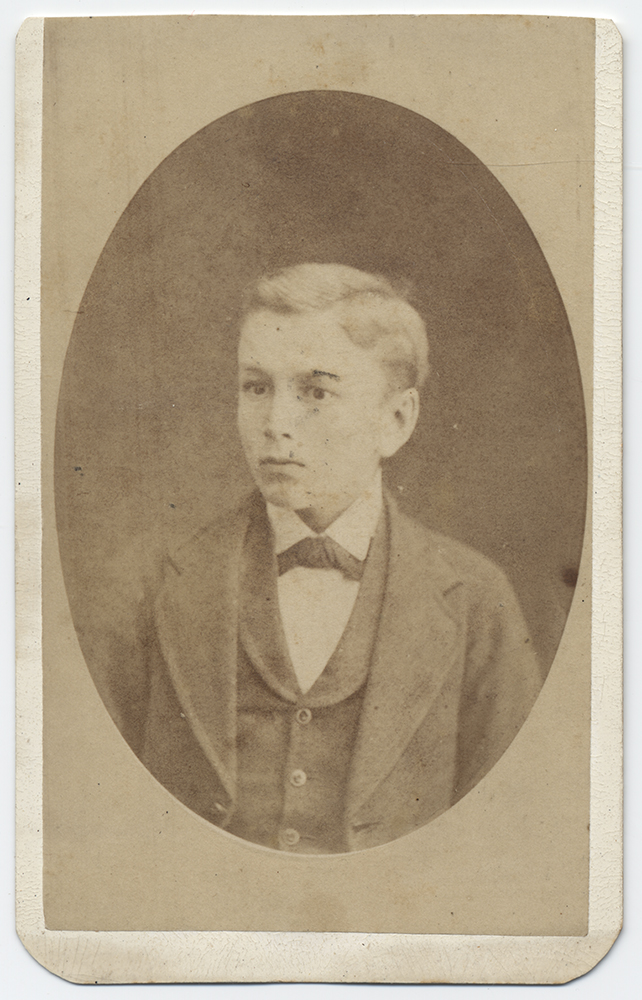
Although his father died in 1876 when William was only fifteen years of age, and it became necessary for him to go to work to help support the family, he began his studies as soon as he possibly could. Still not fully in agreement with the Presbyterian theology, he dutifully felt the need to fulfill the expectations of his mother and continue on toward a ministerial career. He attended Upper Canada College, graduated in 1884 from Toronto University (with an A.B. degree) and in 1889 from Knox College in Toronto, and also attended Auburn Theological Seminary in New York State.6
As was the customary procedure, upon completion of his studies he was interviewed by the synod, or Presbyterian examining board. He could not help but be honest, and shared with them his doubts regarding many of the church’s doctrinal points. Because of this they felt, regrettably, that they could not give him a “charge,” or church to pastor. Although relieved, he was also deeply saddened, anticipating his mother’s great disappointment at this turn of events.
At this point, McKenzie decided to take a position as teacher of English literature and rhetoric at the University of Rochester in New York. Interestingly, around this time he was also approached by a small church of liberal Presbyterians in nearby Avon, New York, who shared many of his objections to the tenets of the church, and who asked him to become their pastor. Teaching at the university during the week, he took up his pastoral duties each weekend. Eventually, however, the mental conflict of unresolved issues regarding church doctrine and family expectations of his success in the traditional ministry brought him to the point of a nervous breakdown, and he entered the nearby Dansville (New York) Sanatorium. While there he experienced what was to him a revelation, an enlightened understanding of God as Love, and that this was something he could truly accept as his religion and use as a basis upon which to build. He left the sanatorium restored to health, and returned to teaching and pastoring the small church.
Introduction to Christian Science
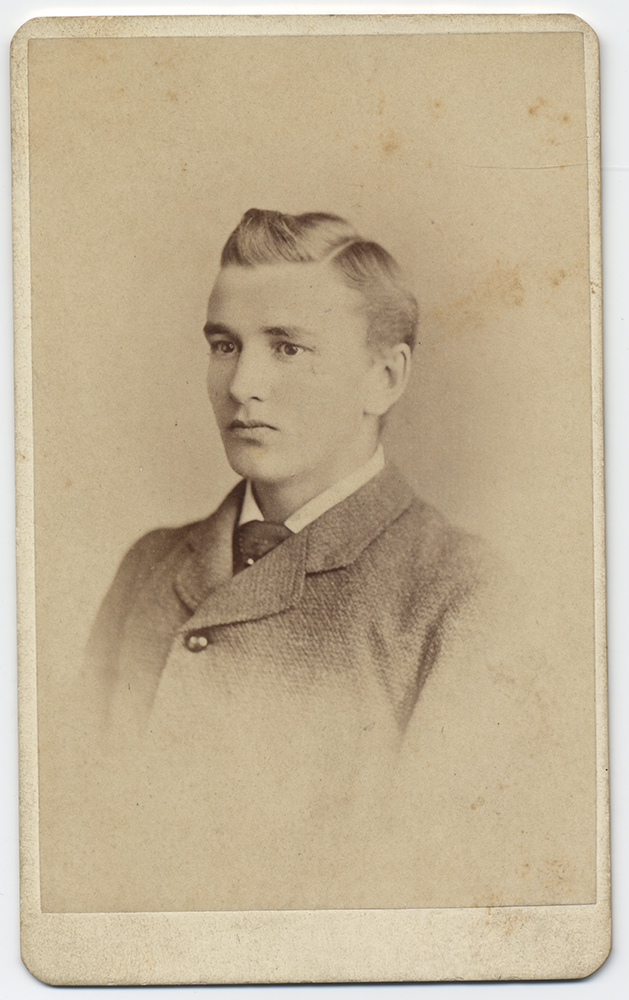
Soon thereafter, sometime in 1891, Rev. McKenzie was invited to a gathering at the home of a friend where a young woman had been invited to speak on her experiences in a new religion — Christian Science. The young woman was Daisette Dudley Stocking. Afterwards they were introduced, and together they sat for hours talking about Christian Science. He revealed to her that he had previously heard of something called Christian Science, but had rejected it. His source had been someone who was distributing incorrect information on the subject, and who was not really a loyal follower of its teachings. Daisette advised him to read Science and Health, the full statement and textbook of Christian Science that had been written by the Discoverer and Founder of Christian Science, Mary Baker Eddy. He bought a copy later that day. The teachings contained in that book had a great impact on the young minister, perhaps not dissimilar to a statement he wrote many years later in the Christian Science Sentinel, “this age has seen the appearance of Christian Science, which has proven its ability to deliver the student of the Bible from the babel of divisive theories promulgated about it by reestablishing the method of healing which it records.”7
McKenzie found the answers he had been searching for, and an enlightened view of the Scriptures. Still teaching at the university and pastoring the little church, he progressed in his study of Christian Science. However, he realized that in order to make a full commitment to it he would have to sever the ties with Presbyterianism, and give up the pastorate of the small church with whom he had forged a special and unique relationship. By 1894, he was ready, and he applied for membership in The Mother Church, The First Church of Christ, Scientist, in Boston, Massachusetts.
Not long after, Mary Baker Eddy read a poem Rev. McKenzie had submitted for publication in the October 1894 issue of The Christian Science Journal. As a result, although they had never met, she made him a “First Member” of the church she had founded. This was only one month after he had formally withdrawn from the Presbyterian church (September 1894). At that point in the history of the Christian Science Church, being a “First Member” was a significant step beyond being a member, in that it implied involvement in the governance of the church.8
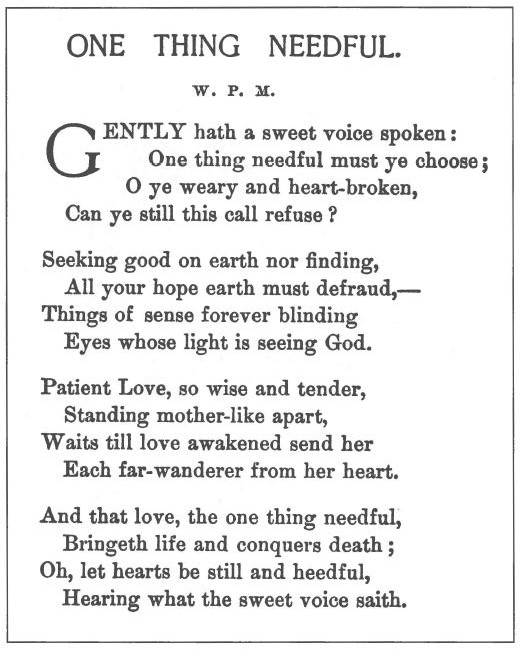
As he wrote many years later, “Christian Science has come with its beneficent light to set all of us free, and the words of Jesus will be understood in their original meaning.”9 He was sincerely grateful to Mary Baker Eddy and her discovery, and did meet her on Christmas Day, 1894, responding to Mrs. Eddy’s invitation to visit with her at Pleasant View.10 He had become a devoted disciple of her teachings and admired her singleness of purpose, her continuing sense of God’s presence, and the simplicity of her obedience to God’s will. This encouraged him to follow her example. He later wrote Mrs. Eddy in regard to the “awakening” her teaching had brought to him:
I used to be very indignant when accused of being a theosophist for I was not even letterly acquainted with the doctrines of theosophy; but I have learned how my whole human mentality with its poetic idealism, aesthetic love, hero worship, pride of seeing hidden things, glory in mental power, had been a subtle spiritualizing of matter- a putting of divine wisdom into human mind. The uncovering was terrible & for a time I seemed to lose my consciousness of Good. Then the intricacies of personality have been revealed as never before & after a long agony I seem to find myself alone with God. I never had any idea before what was unconsciously in mind.11
Establishing a Life Devoted to Christian Science
Sometime in 1891, after meeting William McKenzie, Daisette Stocking was asked by three members of the Christian Science church in Toronto, Canada, to go to that city and establish a second church there. This she did, serving as pastor of that church; and she and McKenzie kept up their friendship by correspondence and by his frequent trips and attendance at Sunday evening services there.
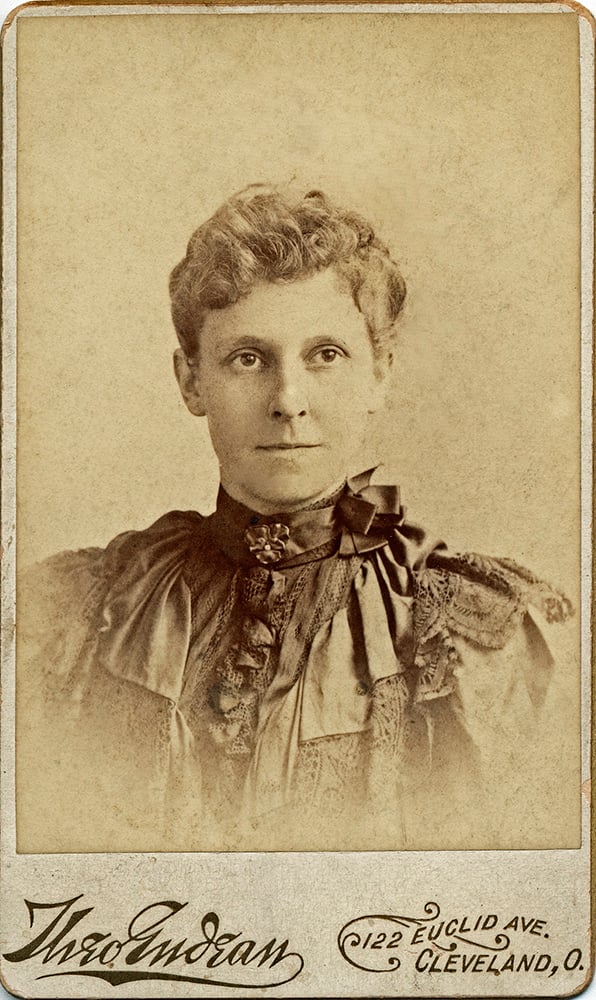
In December 1894, Mrs. Eddy took the momentous step of ordaining an “impersonal” pastor for The Mother Church (and for its branch churches in April 1895) — the Bible, and Science and Health with Key to the Scriptures.12 This change meant the election of two members by each Christian Science church to read specified passages from the dual pastor at the church services, rather than the preaching of “personal” sermons. Upon an invitation from the Toronto church where Daisette Stocking had been pastor, McKenzie accepted the call to become their First Reader, and Miss Stocking accepted as Second Reader. He gave up his university teaching position, moved to Toronto, and became a full-time practitioner of Christian Science healing, listed in The Christian Science Journal.
Many years later, Mr. McKenzie noted that traditional preaching, “whether from the rostrum or by the fireside,” was flawed in that the pastor would assume others to be judged, and “himself to have the ability either to condemn or to set right.” Preaching in the Christian Science church is without human intervention, but by means of the truths set forth in the Bible and elucidated in Science and Health with Key to the Scriptures. “It presents the perfection of God in order to bring out in man the divine lineaments and characteristics. The qualities of true manhood appear not because of fiery denunciation, but ‘because the love of God is shed abroad in our hearts by the Holy Ghost which is given unto us.”‘13 And elsewhere he noted, “by means of the impersonal pastor this liberating and healing teaching is brought to congregations in churches and to groups elsewhere, to travelers the world over, and even to one who sits by the fireside alone.”14
A Ready and Willing Worker
Late in 1896, after serving a little over a year as Reader of the Toronto church, Mr. McKenzie moved to Boston, at Mrs. Eddy’s request, to serve on the Bible Lesson Committee. This committee was a carefully selected group whose task it was to set out for the denomination lessons used both for daily study and Sunday sermons, composed of correlative passages from the Bible and Science and Health.15
In April of 1897, appreciating the steadfastness, willingness, and abilities of this kind and gentle man to serve where needed, Mrs. Eddy also appointed him as a Director of The Christian Science Publishing Society (incorporated in 1897 and dissolved early in January 1898, only to be reorganized with a new deed of trust later that month). He then became, in January 1898, one of the three original trustees to administer the property and run the business of The Christian Science Publishing Society, a position he held until 1917, and again from 1922-32.16 Furthermore, earlier that month she had appointed him to serve on the newly formed Christian Science Board of Lectureship, which she had established to effectively reach and inform the general public about Christian Science.17
Each lecture was to include “a true and just reply to public topics condemning Christian Science, and to bear testimony to the facts pertaining to the life of the Pastor Emeritus.”18 William P. McKenzie was well qualified for such a post with his background in theology and his training in public speaking. For some eighteen years as a Christian Science lecturer, he traveled throughout America and around the world. His profound knowledge of the Scriptures and religious history made him particularly and uniquely suited to finding common ground on which to explain and illustrate understandingly, to countless people of varying traditions, the Science of Christianity, its biblical basis, and the practical nature of Mrs. Eddy’s discovery.
Mr. McKenzie served as Secretary of the Board of Lectureship from 1900 to 1910. In this capacity he conveyed messages from both Mrs. Eddy and The Christian Science Board of Directors to his fellow lecturers. It seems likely that the following instruction from Mrs. Eddy to McKenzie was given in this context: “In your lectures when alluding to me please make your allusion short and do not repeat Mrs. Eddy too often. Works, not words, speak most to the point for a pioneer of religion or Science.”19 Later, in a lecture delivered in The Mother Church, Mr. McKenzie spoke of Mrs. Eddy’s own healing, stating that “It is not claimed that the experience of Mrs. Eddy was unique in Christian history. Wherever there has been uplifted spiritual faith, men have been able to discern and prove to some extent the goodness of God. In times of the revival of religion, healing has frequently accompanied the preaching of the gospel…. In spite of the great number of those who found clarification of thought and the cure of bodily distress from the divine source through their uplifted faith and their ‘prayer of faith,’ Mrs. Eddy was the only one who was enabled to translate her experience in such a way as to discover the law and the Principle upon which that experience depended.”20
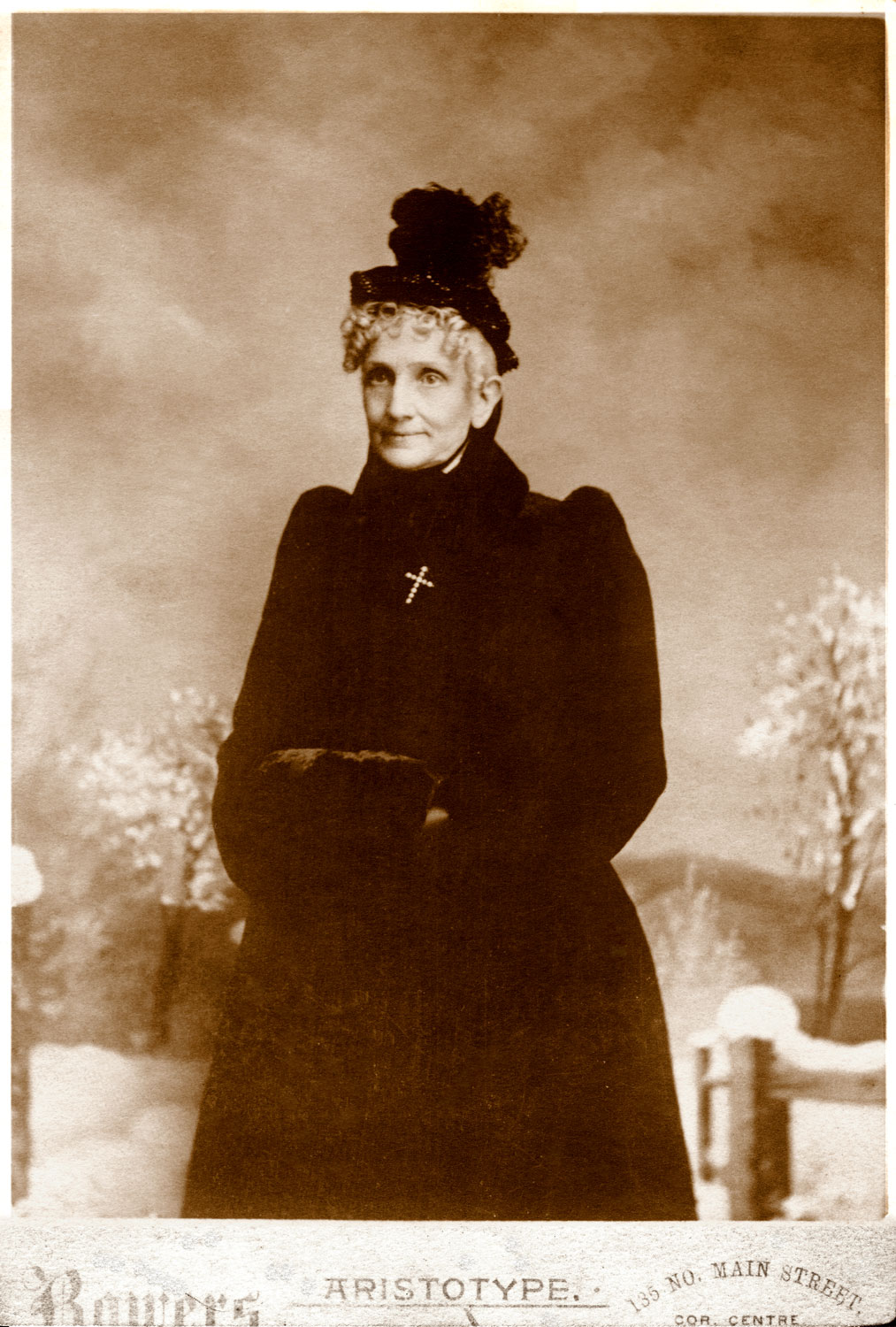
Also in 1898, at the invitation of Mrs. Eddy, McKenzie attended the last class taught by her. It was held in November, in Christian Science Hall in Concord, New Hampshire. At the end of the last session he was awarded the degree of C.S.B.21 Soon thereafter, in 1899 he was appointed by The Christian Science Board of Directors to the position of President of The Mother Church.22 Besides that full one-year term, he would fill an unexpired term of four months in 1906, serve a full term again beginning in 1909, and fill another unexpired term for a little over a month in 1917. During each term of office, he presided over various church meetings, including the Annual Meeting of The Mother Church.
William McKenzie took up residence in Cambridge, Massachusetts, in 1899 to establish, at Mrs. Eddy’s request, a Christian Science church in that community. On August 1, 1901, after a friendship of many years and a long engagement, McKenzie and Daisette Stocking were married in Cleveland, Ohio.23 They made their home in Cambridge, and were the happy parents of one child, a son they named Guilford Stuart.24 Their marriage of forty-one years (ending with William’s death in 1942) was one of mutual respect, affection, and compatibility, in which they were ever supportive of each other, especially in their various activities in the Christian Science Church.
Writer, Lecturer, Church Officer
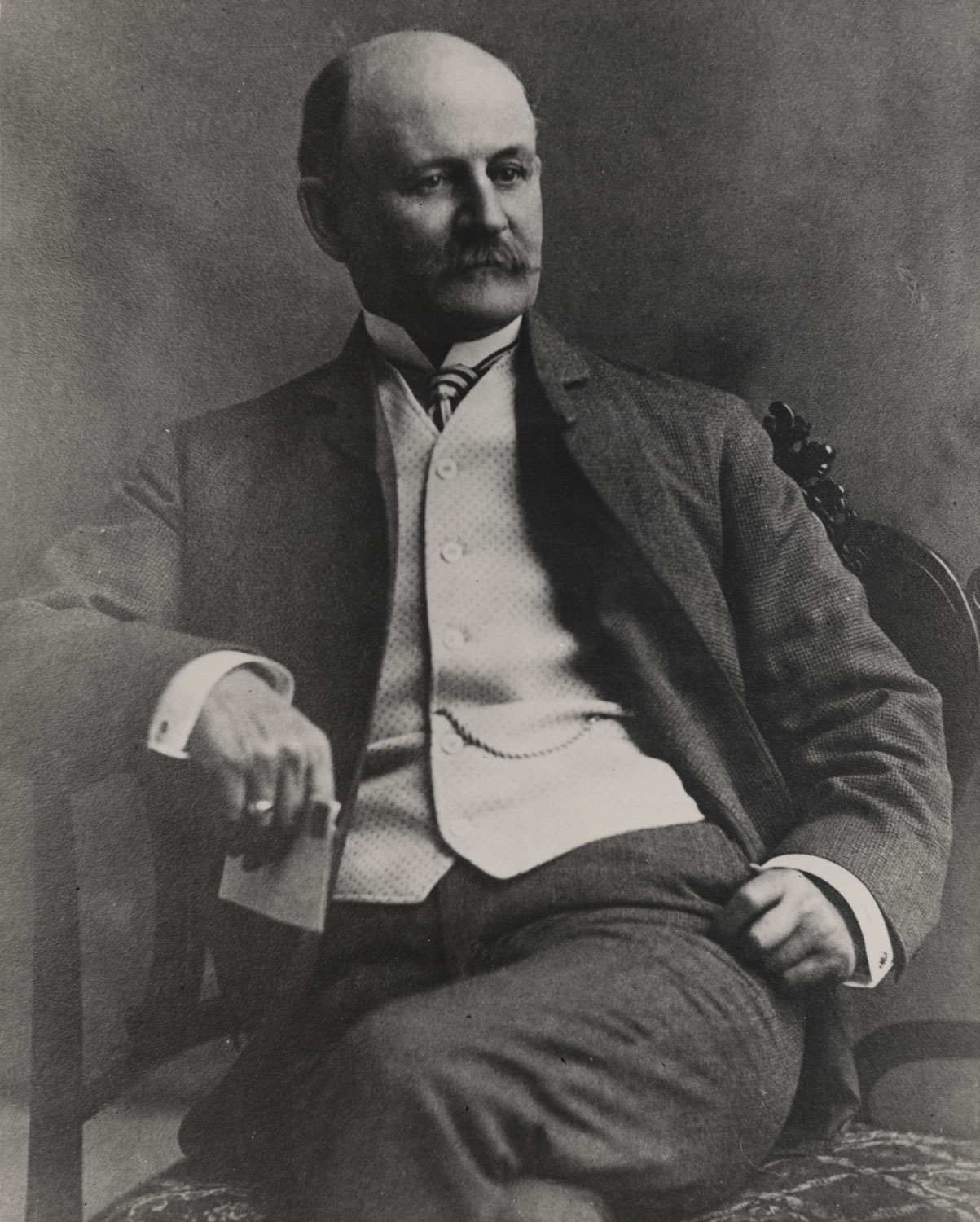
When Mrs. Eddy asked William McKenzie and another of her trusted students, Edward A. Kimball, to assist her in the revision of Science and Health with Key to the Scriptures in late 1901 (November-December), Mr. Kimball would travel each day to Cambridge to work with Mr. McKenzie in his study. Experienced in literary usage, and well-versed on the subject of Mrs. Eddy’s writing, they assisted, according to historian Clifford P. Smith, in the editing of the marginal headings and the text, correcting or verifying quotations and selected testimonies for the chapter entitled ‘Fruitage.’25 Through these efforts and that of working together during the Woodbury suit (earlier in 1901)26 and serving side by side as Chairman (Kimball) and Secretary (McKenzie) of the Board of Lectureship, an enduring friendship was forged between the two men. Mr. Kimball, while on a lecture tour, once wrote to Mr. McKenzie, “Your sweet letter falls into my daily life, as the gentle shower falls on the ground which is accustomed to the fierce blast of heat.” After a further five months of lecturing constantly, he wrote “I was glad to get even a word from you,” and referred to his “hope and promise of a square meal” in reply to McKenzie’s invitation to have dinner with him and Mrs. McKenzie when Kimball came back to the Boston area.27
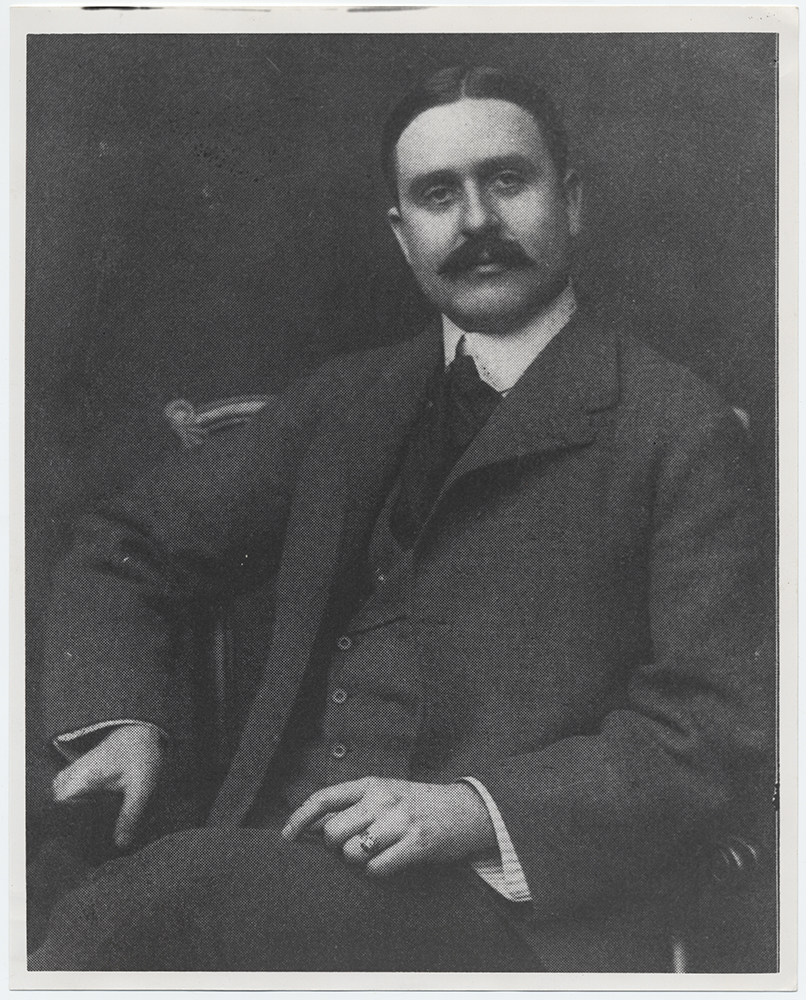
Another notable association was made through this work of revising Science and Health, that of William Dana Orcutt, printer of Mrs. Eddy’s books. Orcutt, being used to the privilege of working with Mrs. Eddy herself, was somewhat disappointed to find that although she had never relinquished supervision, she had delegated the task of communications to someone else — McKenzie. However, looking back on the experience Orcutt wrote: “Mr. McKenzie was a delightful man to work with, and this helped to mitigate in part the realization that the days of my closer contacts with Mrs. Eddy were now inevitably bound to be limited.” He also remarked: “This was my first meeting with Mr. McKenzie, and proved to be the beginning of a lifelong friendship, which I consider an additional dividend to the many that have accrued to me from my association with the printing of Mrs. Eddy’s books. He was a rare man, deeply interested in the humanities, with a spiritual character which I have never ceased to admire.”28
As a poet, Mr. McKenzie enjoyed writing, and many of his poems appeared in the Christian Science periodicals. Additionally, collections of his verse were privately published in book form,29 and seven of his poems were set to music and published in the current edition (1932) of the Christian Science Hymnal.30 The words of the hymn “There are none friendless, none afraid” are taken from his poem “Truth” found in his book Heartsease Hymns. When a copy of this book of poems was sent as a gift to Mrs. Eddy, she chose this hymn, and another named “The Present,” as among the finest.31
Over the years he also wrote a great number of addresses and articles for the Christian Science periodicals, and in 1917 was appointed as Editor of those publications —The Christian Science Journal, Christian Science Sentinel, and Der Herold der Christian Science, a position he held until 1920. It is interesting to note that during his years of close association with the publishing activity of the Christian Science Church, either as Trustee of The Christian Science Publishing Society or as Editor of the Christian Science periodicals, he participated in the establishment of the Sentinel in 1898, the Herold in 1903, and The Christian Science Monitor in 1908. His conviction regarding the utility of these publications as a necessary part of the Christian Science ministry might be summed up in comments he made within the pages of the Sentinel: “…the best way to secure a man’s welfare is to make God known to him, for in that acquaintance is peace, and in that knowledge is life. Our periodicals make known the results of faith in God….”32 He states elsewhere: “Two things are necessary for the spread of the truth, teaching and evidence…. In order that this ever-increasing current of evidence may be utilized for the world’s good, we have our periodicals, which provide channels for its flow.”33 Just one month before the appearance of the first issue of the Monitor he refers to the need of the world for a different type of newspaper, one which Mary Baker Eddy had asked to be established, with the objective “to injure no man, but to bless all mankind.”34 He says: “The human mind requires food, and the food should be wholesome. To feed the body on piquant sauces and relishes and sweetmeats alone would result in physical inefficiency. The craving would come for plain and common food. So does the overstimulated mind revolt from sensationalism, and desire the rest given by consideration of normal conditions. If we mistake not, the revolt has already begun. People are honestly tired of incessant appeals to their emotions of fear, horror, amazement. They would like wholesome stimulus to be daily given them by the newspaper of their choice.”35
One of Mrs. Eddy’s biographers mentions that “Mrs. Eddy…frequently referred to him [McKenzie] in correspondence as her ‘John,’ the most gentle and affectionate among her male disciples.”36 He was well liked by his fellow workers, and had respect and love for the unswerving faithfulness of all those devoted to the Cause of Christian Science, and for his teacher and Leader, Mary Baker Eddy.
Before leaving to lecture in the British Isles, Holland, France and Germany in April of 1910, William McKenzie made a parting call on the members of Mrs. Eddy’s household. Although he had no expectation of seeing Mrs. Eddy at that time, she sent for him. They had a brief conversation about the welfare of The Christian Science Publishing Society, and of the work she was engaged in, and then she sent him on his way with her blessing. He says of this meeting: “I know that as I sat quietly in Mrs. Eddy’s presence for the last time, I gained a new sense of the word patience as I realized her rich kindness to me and her love for mankind. In the sixteen years of our friendship she had revealed to me the Christianly patience of the mother guiding the child with happy friendliness and good humor, rebuking mistakes with a clarity which produced not resentment but enlightenment. But her teachings are an open book for the whole world, and those who in humility receive the teaching can prove it for themselves and others.”37
In one of his editorials published in the Christian Science periodicals, Mr. McKenzie says: “The proud but discontented human mind that longs for notice, approbation, and glorification, gaining it not, cries out against Christian Scientists on the ground that they give adoration to Mrs. Eddy, whom they call their Leader. But the critics are wrong. Adoration belongs to God, and it is divine Principle, Love, that Christian Scientists adore. For their Leader they have sweet, wholesome, and tender affection, as they ought to have because of her bravery and kindness in behalf of all mankind. She changed the current of human thinking, and in reversing false beliefs met the resistance of every false believer…. Christian Scientists, then, are doubly blessed. They have the example of the Master to follow, but are enriched by the near at hand example of one who in this age and generation revealed the exemplary power of Christ Jesus by following in his footsteps and unfold ‘the mysteries of godliness.’ Mrs. Eddy was Leader of the Christian Science movement because she led by demonstration, not by self-assertion.”38
It had taken McKenzie enormous struggle to be able to understandingly make that statement. Like many others in the early years of the Christian Science movement who were close associates of Mary Baker Eddy and who had early on pledged themselves to her cause, he found that supporting a woman of Mrs. Eddy’s position, and the general resistance to the breaking through of traditional gender barriers, was a difficult road.39 However, his overall clear perception of her role as Discoverer, expositor, and demonstrator of Christian Science, as well as his ultimate trust in her leadership of the movement, was realized fully over time, and enabled him to overcome tremendous obstacles and make a significant contribution to the progress of that movement.40
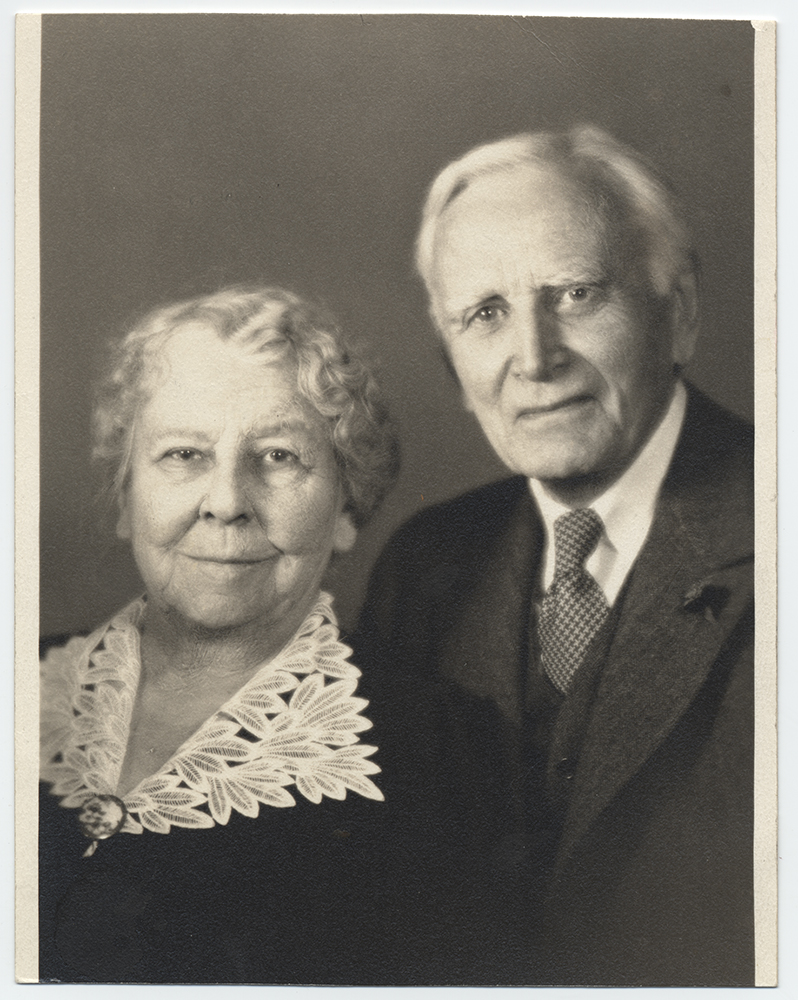
In 1932, William McKenzie became a Director of The Mother Church and one of the Trustees under the Will of Mary Baker G. Eddy, posts he held until his passing on September 8, 1942. But he had been a man of a variety of interests as well — a member of The Author’s Club of London, The University and Republican Clubs of Boston, Country Club of Concord, Massachusetts, and the Minnecog Yacht Club of Midland, Ontario, Canada.41
At the time of his death, a warm tribute appeared in the Christian Science Sentinel. It concluded:
Those who had the privilege of knowing Mr. McKenzie recognize his unswerving loyalty to the Cause of Christian Science, and his love and fidelity to its Discoverer and Founder. The many who have known and loved him will echo the words of our Leader, in describing faithful followers of the truth which she has revealed to the world (Miscellaneous Writings, p. 343): “Among the manifold soft chimes that will fill the haunted chambers of memory, this is the sweetest, ‘thou has been faithful!'”42
Here was a man who had been present during some of the greatest triumphs and most difficult moments of the early Christian Science movement, during Mrs. Eddy’s lifetime and after. Yet he proved his constancy and faithfulness through years of healing, teaching, writing and selfless willingness to serve in offices to which he was appointed.
Possessing a great heart for humanity, a passage from an article that appeared in The Christian Science Journal just months before his death seems to epitomize his gentle but effective life purpose and legacy of good works: “…the beauty of progress in Christian Science is a knowledge that every man, finding the blessing of healing for himself, can thus aid the world in its efforts for deliverance from evil.”43
